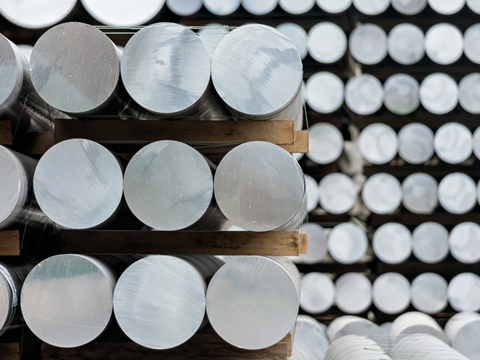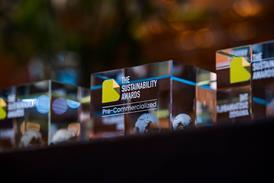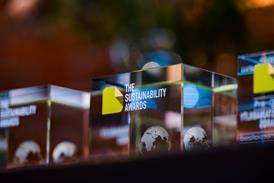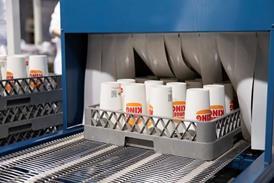
The European Commission has adopted the 2025-2030 working plan for the Ecodesign for Sustainable Products and Energy Labelling Regulations, with steel and aluminium among the list of priority products to implement eco-design requirements and energy labelling within the next five years.
The requirements for the selected products will centre around product performance: minimum durability, minimum energy and resource-efficiency, the availability of spare parts, or minimum recycled content, among other factors.
Additionally, mandated product information will include the carbon and environmental footprint of the products. This will largely be provided via Digital Product Passport or, for products with energy labels, through the European Product Registry for Energy Labelling (EPREL).
The Commission says it will consider the requirements of SMEs, especially micro-enterprises and small mid-cap enterprises, when developing its eco-design requirements. It plans to provide tailored support to assist in their compliance.
Other prioritized products include textiles, especially apparel, as well as furniture, mattresses, and tyres. Upcoming horizontal measures include the introduction of a repairability score for products like electronics and small household appliances, as well as recyclability requirements for electrical and electronic equipment.
The Commission claims to have selected each product based on its ‘potential to deliver on the circular economy’, as well as a technical analysis, criteria aligning with the EU’s climate, environment, and energy efficiency objectives, and an ‘extensive’ consultation process through the recently established Ecodesign Forum and beyond. Stakeholders and Member States have also been involved in selecting the relevant products.
Harmonizing product sustainability requirements across the EU is anticipated to level the playing field, lessen administrative burdens, lift trade barriers, strengthen the single market, and improve the global competitiveness of businesses providing sustainability-minded products. In its entirety, the new plan seeks to bolster ‘sustainable, repairable, circular and energy-efficient products’ across Europe.
Delegated acts will reportedly introduce eco-design and product labelling requirements on a product-by-product basis, or for groups of similar products. The Commission emphasizes that the acts will be based on ‘thorough’ preparatory studies and impact assessments, conducted alongside stakeholders and other interested parties, including the Ecodesign Forum.
Some energy-related products are subject to ongoing work under the Ecodesign Directive, with relevant requirements set to be adopted no later than 31st December 2026.
These measures are set to align with the Clean Industrial Deal, a series of legislative proposals expected to lower energy prices, create jobs, and establish the necessary conditions to make decarbonization a ‘driver of growth’ for European industries. It targets energy-intensive industries like the steel, metal, and chemicals sectors, as well as the clean-tech sector.
Some members of the packaging industry have expressed their support for the measure, but others have shared their reservations. The European Container Glass Federation (FEVE) fears that certain sectors may be singled out for funding at the expense of container glass, coming at the particular expense of SMEs; while Cepi argues that the deal fails to prevent industry players from relocating their production processes outside the EU to avoid European environmental regulations, a practice known as ‘carbon leakage’.
Meanwhile, the Ecodesign for Sustainable Products and Energy Labelling Regulations are also expected to support the EU’s Competitiveness Compass. This strategic framework aims to boost the innovation, manufacture, and sale of technologies, services, and clean products on an EU Single Market in the simultaneous pursuit of competitiveness and climate neutrality.
Steel and aluminium are also the subject of 25% import tariffs imposed by the United States. Upon their announcement, the Commission intended to re-enforce suspended counter-tariffs and introduce new countermeasures, but negotiations are ongoing after the U.S. announced a 90-day pause on the tariffs’ enforcement.
If you liked this story, you might also enjoy:
The ultimate guide to the Packaging and Packaging Waste Regulation in 2025
How are the top brands progressing on packaging sustainability?
Everything you need to know about global packaging sustainability regulation in 2025
The key to increasing the use of reusable packaging in supermarkets












No comments yet